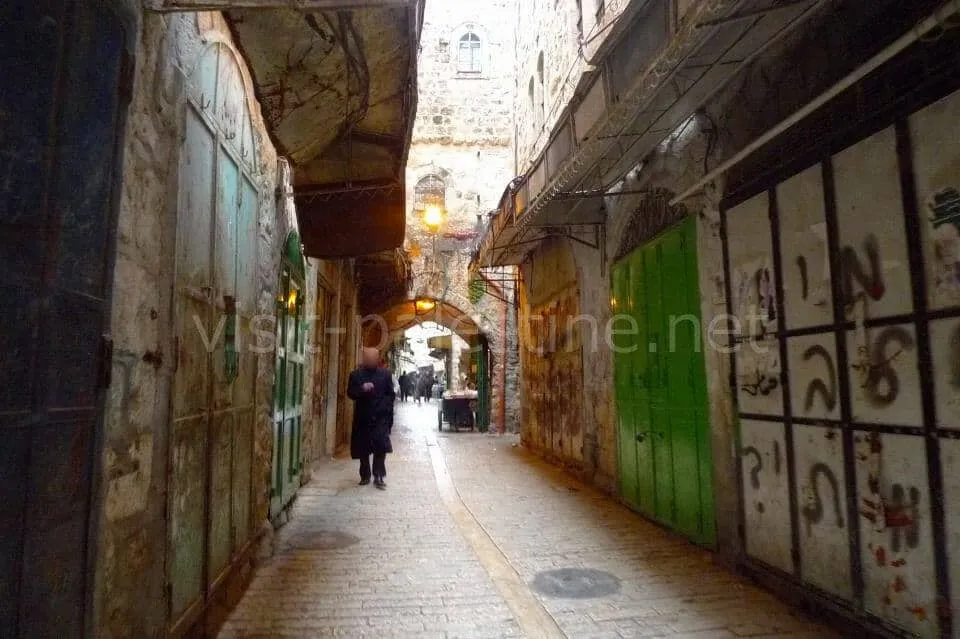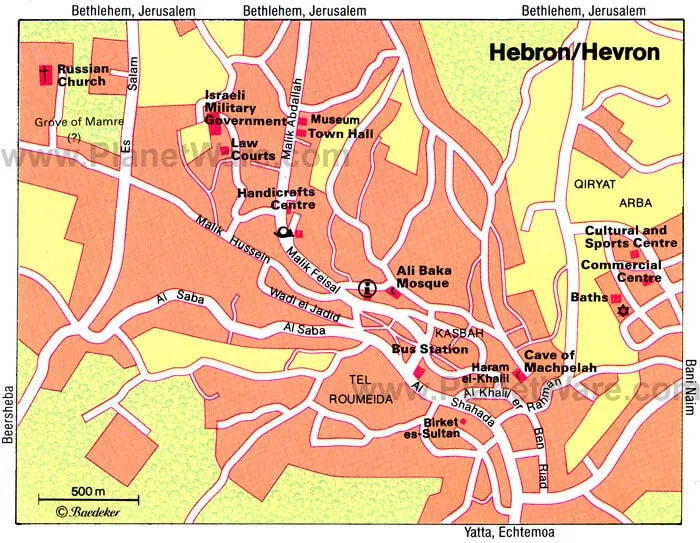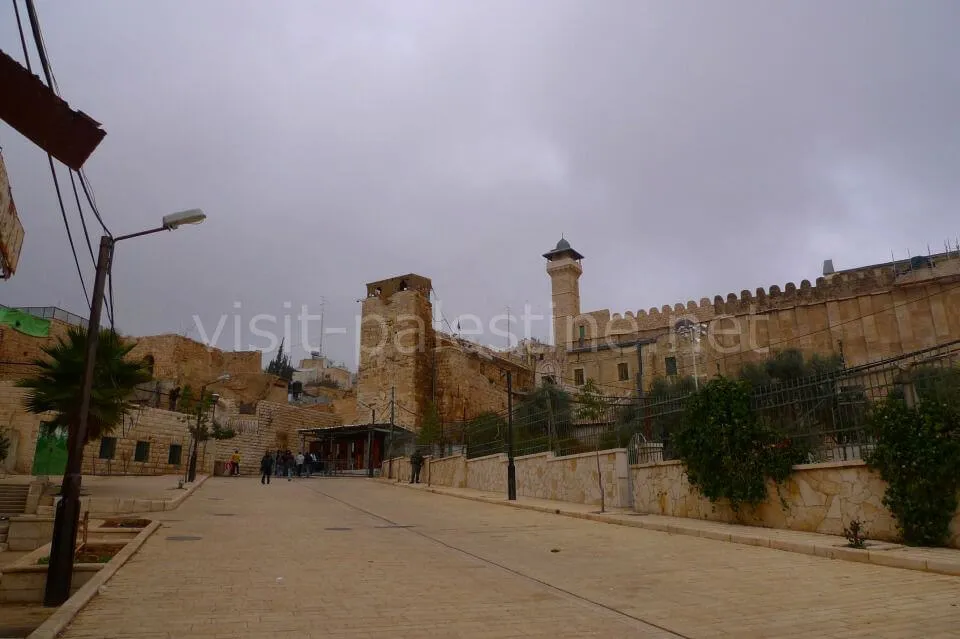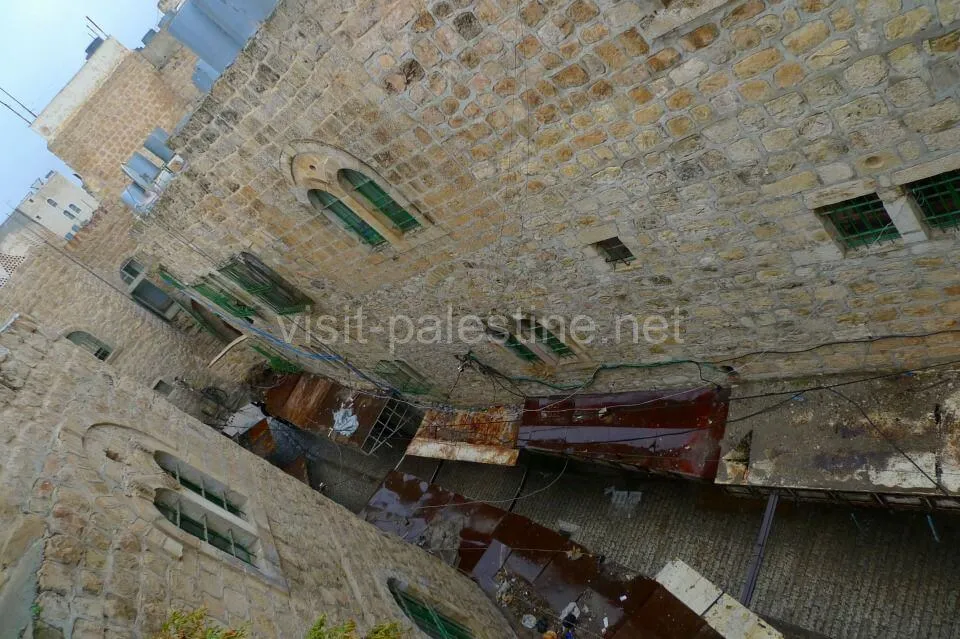Hebron
Hebron is a Palestinian city with a long history since the Bronze Age. Its Arabic name is Al-Halil, which means “a friend of God”.
Its population is over 200,000 (in 2016), and it counts over 500,000 in its surrounding area. Hebron is the second biggest city in West Bank after East Jerusalem.

Hebron is the economic center of West Bank, and also is famous for its production of glasses & pottery and the quarry industry.
Because there is Abraham Mosque (Cave of the Patriarchs) believed the tomb of Abraham and his family, Hebron is a holy place for three Abrahamic religions.

After the Six-Day War in 1967, Israel “released” Hebron. Their settlement activity and control remain.
Hebron has a different atmosphere from other Palestinian cities because Israeli soldiers are in the town (especially in the old city).
According to the Hebron Protocol in 1997, Israeli military forces are redeploying to the H2 area (20% of the city). However, violence or threats to Palestinians and journalists are still rampant.
Despite those difficulties, Hebron people are strong. They always welcome foreign travelers.
Hebron is a place worth visiting, also on a local tour.
History of Hebron
c.18th century BC
Hebron existed already as a Canaanite city.
c.6th century BC
Hebron became a settlement of Edom.
c.1st century BC
Herod the Great built an enclosure over the Cave of the Patriarchs.

In this period, Hebron became an important trade town on the east side of the Jordan river.
4th century
During Byzantine Christian Period, a simple basilica was constructed.
7th century
Palestine was conquered by Arab Muslims. The building was reconstructed as a mosque.
11th century
The Christian Crusade caught Palestine. They renamed Hebron “Castellion Saint Abraham”.
During this period, the bones of Abraham or Isaac were discovered in the caves.
12th century
Saladin, a sultan of Egypt, retook Palestine. The name of the city was changed back to Hebron.
13th century
Christians and Jews were gradually alienated. Hebron became a Muslim town.
late 18th century to early 19th century
Hebron became famous for its glass industry, and also became an important hub for trade with Egypt.
late 19th century to early 20 century
Zionism gained momentum.
Once the Jews came and immigrated to Palestine, riots occurred between them and the Palestinians. After the 1929 Arab riots, the US troops brought the Jewish communities outside of the town.
1948
Israel was founded after World War II.
A tide of Palestinian refugees came to the southern cities such as Hebron.
1967
Israel won the Six-Day War (the Third Arab–Israeli War). Hebron fell under the control of Israel. Subsequently, Israeli settlements have been constructed.
